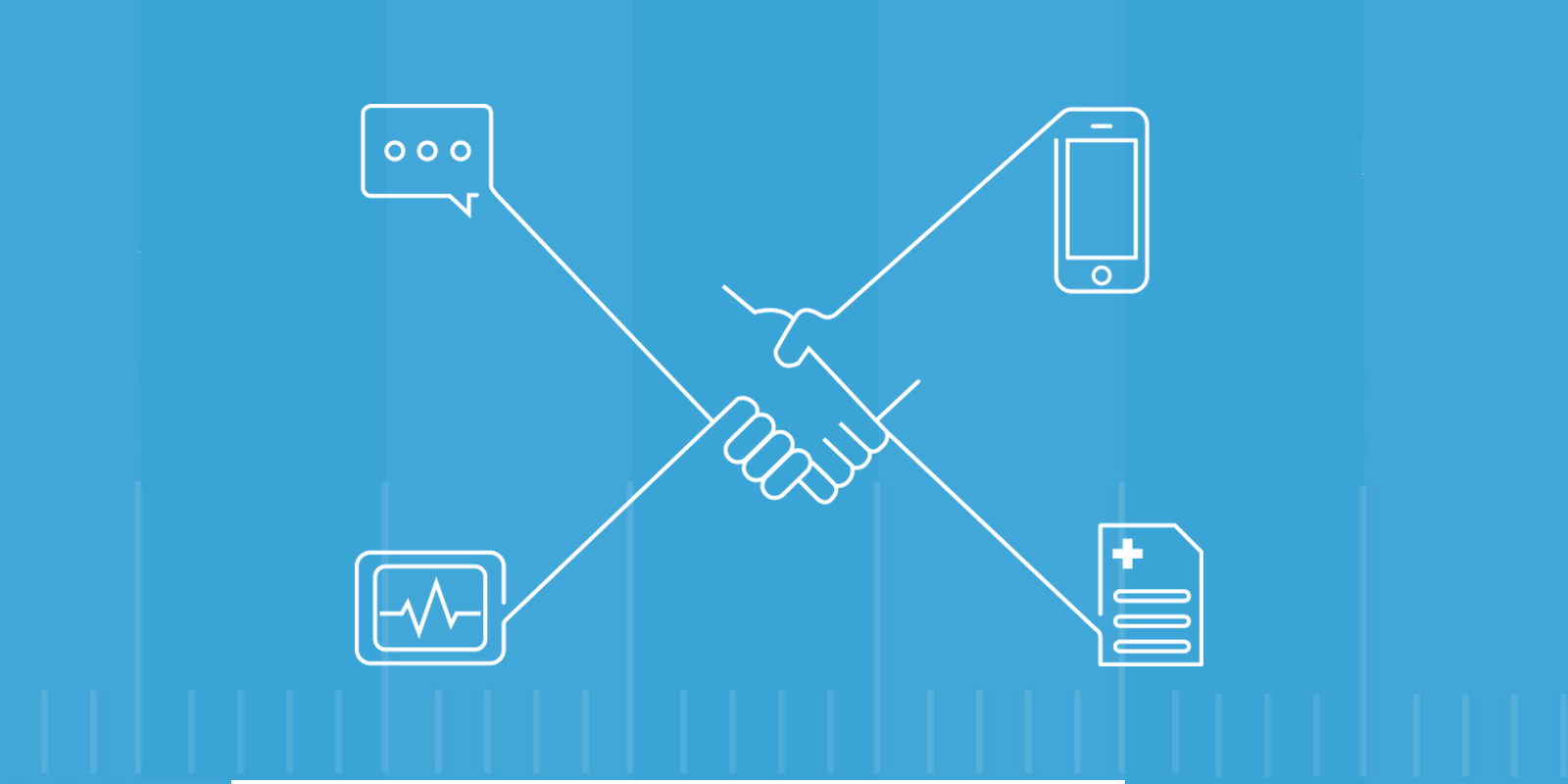“The single biggest problem in communication is the illusion that it has taken place.” - George Bernard Shaw
In a healthcare setting, patient handoffs are a necessity: no clinician or health provider can be on site for 24 hours a day devoting all of their time and resources to a single patient, so the importance of an effective patient handoff solution between providers is tantamount. Yet despite numerous advancements in medical technology, education, and process, the patient handoff continues to be singled out as a sore point in clinical settings.
Consider that patient handoffs occur multiple times per day per hospitalized patient, and that the risk of communication errors multiply exponentially with each possible shift change [stats supporting]. Since the 2003 implementation of regulations limiting duty hours, discontinuity among resident physicians has only increased. In a study of critical incidents, improperly executed handoffs were found to contribute to otherwise avoidable escalations or inefficiencies in care, and delays in diagnosis or treatment. In fact, 80% of serious medical errors involve miscommunication during the handoff between medical providers. A second study from the Agency for Healthcare Research and Quality identified patient handoffs and transition of care as the area with the second most potential for improvement in most hospitals.
In order to address these ongoing problems, a number of solutions have emerged. After analyzing the patient handoff procedure, The Joint Commission Center for Transforming Healthcare launched the Targeted Solutions Tool to help practitioners evaluate and optimize their handoff processes, and there are a wealth of tools, applications, and programs that exist solely to help clinicians solve their communication problems.
Eliminate disruption
For handoffs to be truly effective, they can’t disrupt or interfere with regular clinical workflow; nor can outside interruptions or distractions affect the handoff. A project designed to apply Lean Six Sigma methodology to the patient handoff process found that interruptions and distractions were routinely present during the handoff process and were one of the fundamental reasons handoff-related communications errors existed.
To minimize interruptions and distractions during the handoff process, the ‘sterile cockpit’ concept was adopted from the airline industry. Directly conceived as a response to commercial airline accidents involving distraction from non-critical tasks for cockpit crew, the FAA prohibited crew members from performing non-essential duties or activities (including conversation) while aircraft were involved in the phases of flight most commonly associated with error: taxi, takeoff, and landing.
To reduce the number of communication errors that can occur, it’s recommended that clinicians employ the ‘sterile cockpit’, whether handoffs are occurring in an in-person or digital setting. Make certain that conversations are happening in a channel dedicated specifically to the continuation of care for that patient. Healthcare messaging apps like Telmediq are advantageous in that only clinical communications specific to a particular patient are displayed at any given time, filtering out any non-essential noise.
Maintain a historical record
The components of a safe and effective patient handoff (as summarized using the acronym ANTICipate), include:
Administrative data (eg, patient's name, medical record number, and location) New clinical information must be updated Tasks to be performed by the covering provider must be clearly explained Illness severity must be communicated Contingency plans for changes in clinical status must be outlined
When communicating verbally, these components may not always be thoroughly documented; even in the event they are thoroughly documented, this information is not always stored or filed in a concise and easily accessible format.
The benefits of utilizing a dedicated patient handoff application or communication application with patient handoff functionality is that it provides a fully indexed and searchable historical record of exactly what has been communicated, discussed, and assigned for follow up for practitioners to refer to should critical information be missed.
Consolidate your care
During the handoff process, critical information resides in a number of places: with the clinician, in medical notes, faxes, EHRs, or even with the patient themselves. To truly coordinate the full breadth of coverage for a patient, a handoff should consolidate information from all available sources to allow clinicians to make informed decisions on next steps.
In the Handbook of Human Factors and Ergonomics in Health Care and Patient Safety, we’re reminded that the handoff process is not isolated or siloed from the entire scope of care; first, preparatory activity begins prior to the handoff, when information is assembled and synthesized. After the handoff, there is often a period of consolidation, where loose ends are identified and resolved. Consolidating all communications, records, and assignments within one channel centralizes pertinent information in one place so that the clinician receiving it gets all the information they need to take the next steps in providing care for the patient at hand.
Data and information on improving the internal patient handoff process has come a long way in recent years, but there is still ample room to address the concerns that remain and the significant impact on patient well-being. While it’s an uphill battle for healthcare providers to overcome the problems that remain entrenched within patient handoffs, new solutions continue to present themselves that will enable them to succeed.
Learn more about how Telmediq can help optimize patient handoff communications at this year’s MGMA Annual Conference. Visit us at Booth 732 for your chance to win two tickets to the NFL game of your choice.


